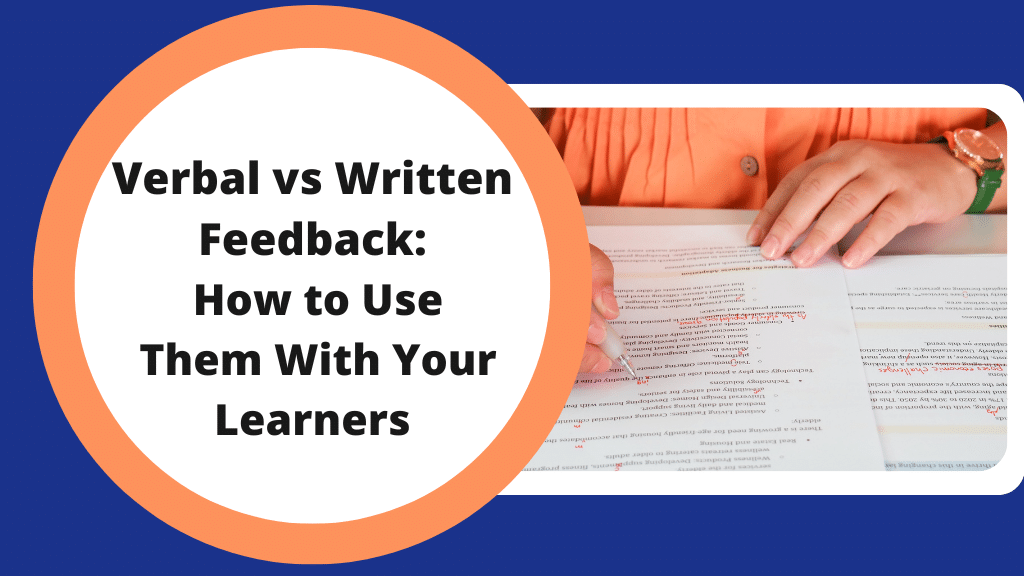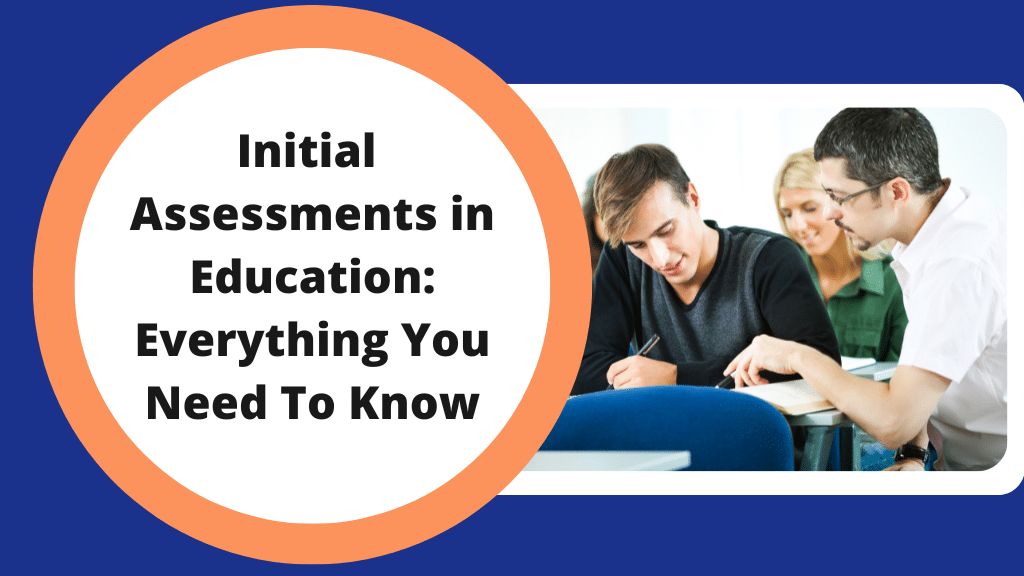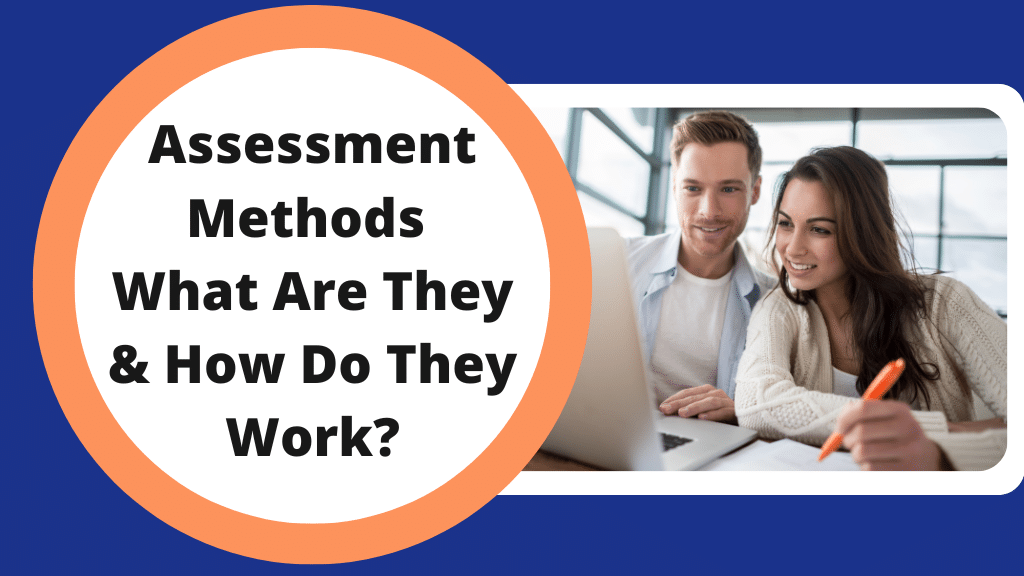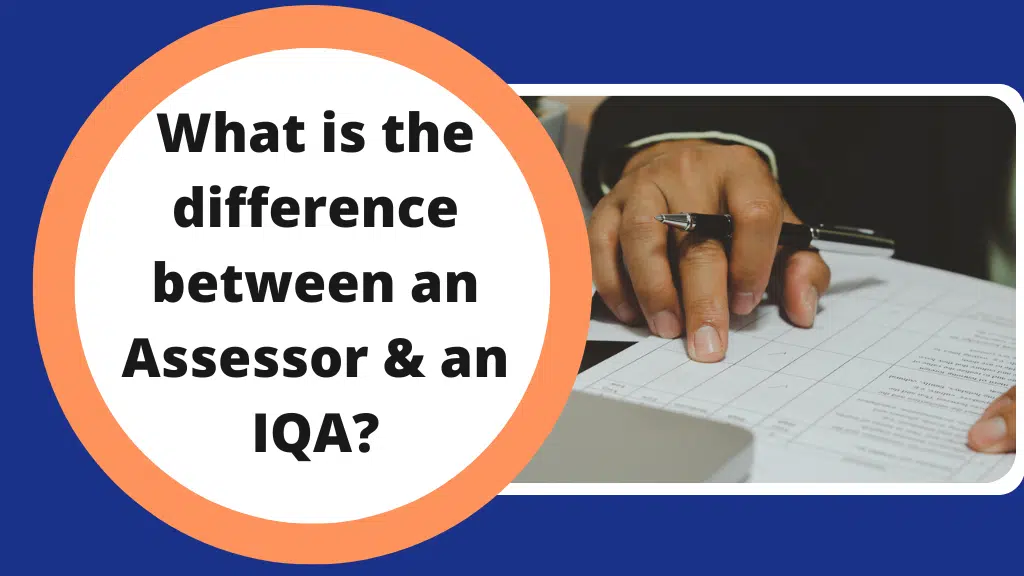June 17, 2025
Verbal vs Written Feedback: How to Use Them With Your Learners

You’ve explained the topic, set the task, and watched your learners get to work… now comes the moment that makes the difference: providing feedback. It’s in these moments that real learning often happens. A quick comment, a helpful prompt, or a written note can steer someone in the right direction and boost their confidence.
Actionable feedback helps learners to reflect on how they’re doing, what they need to improve, and what to focus on next. It also helps link day-to-day teaching and assessing with long-term outcomes.
For educators working towards qualifications like the Level 3 AET, Level 4 CET, or Level 3 CAVA, learning how to give clear, effective feedback is an important part of becoming a teacher, trainer or assessor.
What is verbal feedback?
Verbal feedback is spoken guidance or comments given to learners, usually during or shortly after a task. It’s a type of formative assessment and is usually informal, so it is quick and easy to deliver. This type of feedback helps learners make immediate improvements and stay engaged with the learning process.
You might give feedback verbally while observing a practical activity, during group work, or in a one-to-one discussion. It can be as short as a comment like “good use of structure” or more detailed, like highlighting how a learner could improve their explanation during a presentation.
Because it’s spoken, verbal or oral feedback allows you to check understanding straight away. You can adjust your message and tone based on how the learner responds and give encouragement or correction on the spot.
To be effective, verbal feedback needs to be specific, focused on progress, and delivered in a calm, respectful way. Here are some simple ways to use verbal feedback in your sessions:
- During a task: “That’s a strong introduction. Now think about how you’ll back it up.”
- After a presentation: “You explained the topic clearly, but try to slow down a bit next time.”
- In group discussions: “Good point. Can you give an example to support that idea?”
What is written feedback?
Written feedback includes comments or written guidance on assignments, worksheets, online platforms, or progress reports. It gives learners something they can return to later, which makes it especially useful for more detailed advice or when they need time to reflect.
This kind of feedback often happens after a task has been completed, and tends to look at how well a learner has met the criteria. You also might suggest improvements or highlight strengths. For example, you might write, “You’ve structured your argument clearly. Next, try to support your points with evidence,” or “Well done on meeting the learning objectives for this task.”
To give effective written feedback:
- Be clear and specific. Avoid vague praise like “good job”.
- Focus on what’s been done well, and what can be improved.
- Link comments to the learning outcomes or success criteria.
- Give suggestions or next steps.
Verbal vs Written Feedback
High-quality feedback plays an important role in teaching and learning, whether that is verbal or written, and given to the individual, group or class. Each has its strengths, and the choice between them depends on the context, the learners, and the learning aims.
Timing
One of the biggest strengths of verbal feedback is how immediate it is. It can be given during a task, straight after a response, or in the middle of a discussion. This helps learners adjust their work in the moment, while they’re still thinking about it and before habits set in.
Written feedback usually comes after the task has finished. If it’s the only type of feedback given, it could arrive too late when learners have moved on and missed the chance to improve their work during that session. But when it’s used alongside verbal feedback, it becomes much more powerful. For example, it can highlight how a student has improved their work after verbal guidance, reinforcing positive changes.
Because it’s written down, learners can take their time with it. They can read it carefully, reflect, and come back to it when needed. It also gives space for feedback to be absorbed without pressure, as there’s less chance of feeling put on the spot or overwhelmed. When learners do well, having that written feedback can serve as a confidence boost they can return to.
Audience
The impact of feedback often depends on who it’s aimed at and how it’s shared. When you give verbal feedback, it can support the whole group. For example, if several students don’t understand a concept, you can address it openly with the class. This helps clarify common issues and gives everyone a chance to benefit from shared discussion. Used well, whole-class feedback saves time and helps students feel part of a learning community.
Verbal comments can also respond to things you’ve noticed during the lesson. If a group is off track during a task, you can step in with live guidance that steers them in the right direction. It keeps momentum going and avoids repeating the same feedback to each learner individually.
Written feedback is usually just for the benefit of one learner, and willl focus on a specific piece of work, a particular task or activity, or a moment of lack of understanding. The teacher’s comments tend to be detailed and personalised, clarifying expectations, highlighting areas to revisit, or providing next steps.
Recording Keeping
Written feedback creates a record. This can be helpful for tracking progress, supporting assessment decisions, and showing how a learner has developed over time. It’s also useful when providing evidence of achievement, which you’ll often need to keep for accredited courses
Verbal feedback, unless noted down, is in-the-moment. Consider using checklists, traffic light systems, audio notes, or brief written summaries to record what was said and when, especially if feedback relates to assessment criteria.
Resourcing
Whilst verbal feedback is easy to deliver without equipment or planning, it can be time-consuming if given individually and can draw your attention away from the rest of the group. Unless the rest of the class is meaningfully occupied, this approach can result in lost learning time.
Written feedback by the teacher can also be resource-heavy. Marking, annotating, or adding digital comments takes time and energy, especially for larger groups. It usually happens outside of lesson time, adding to the workload without the guarantee that learners will engage with the comments unless structured follow-up is in place.
Opportunities for Learner Reflection
Both verbal and written feedback can help learners reflect on their work, but they do it in different ways.
Verbal feedback gives learners the chance to think and respond straight away. They can ask questions, explain their thinking, or try again there and then. This works well during lessons when learners are still working on a task.
Written feedback gives learners more time to think. They can read it after the session, compare it to earlier work, and use it to plan what to do next. It’s useful for more detailed reflection, but only if learners take the time to read and act on the comments.
Building reflection into your lesson plan can help learners reflect more deeply. For example, you could use response sheets, learning journals, or short follow-up discussions. Giving time for reflection at the end of a session, during homework, or at the start of the next lesson helps turn feedback into a proper learning conversation rather than something learners read once and forget.
Using Peer-to-Peer Feedback in Your Sessions
Peer-to-peer feedback helps get more learners involved in giving and receiving feedback. When it’s planned well, it encourages learners to think about their work, understand the learning better, and use lesson time more effectively.
Learners can give each other both verbal and written feedback. For example, in a paired activity, one learner might give spoken feedback while watching their partner work. Or they might mark a peer’s work to show where the learning outcomes have been met. They can also ask questions or suggest how the work could be improved. These small actions help learners think through what makes work successful.
To make this work well, set clear goals and provide checklists so learners know what to look for. You should model how to give constructive, respectful feedback and stay involved as a facilitator to keep the discussion focused and supportive.
When done well, peer feedback:
- Builds learner confidence and independence
- Reinforces assessment criteria through use
- Promotes collaborative learning
- Reduces the sole reliance on teacher input
Peer-to-peer feedback isn’t a replacement for teacher feedback, but it expands the feedback loop. It helps every learner stay active in the process, rather than waiting for comments or corrections from the front. It also helps shift the dynamic in the room so learners begin to see each other as sources of insight, not just the teacher. This flattens the idea that all helpful feedback must come from the top and encourages a more collaborative, learner-centred environment.
Choosing the Right Form of Feedback for Your Learners
Choosing between verbal and written feedback isn’t a matter of choosing one instead of the other. It depends on what your learners need at the time. Think about the task, when the feedback is given, and how confident your learners feel.
Often, the best option is to use both. A quick verbal comment during the session can be followed up with a short written note. Or written feedback can open the door to a one-to-one chat in the next lesson.
How Assessor and Teacher Training Help You Master Feedback
Giving useful feedback is a skill that grows with practice, reflection, and guidance. The Level 3 Certificate in Assessing Vocational Achievement (CAVA) helps you build this skill and apply it effectively in your own assessing context.
The Level 3 Award in Education and Training (AET) introduces core teaching practices, including how to give and review feedback. The Level 4 Certificate in Education and Training (CET) supports you in applying feedback methods with more confidence and structure.
These courses include both theory and practice. You’ll get the chance to try out different approaches, reflect on your methods, and see how others work. You’ll also learn how to adapt feedback for learners with different needs and preferences, so it has a stronger impact.
Improve Your Feedback with Carlton Training
If you’re looking to strengthen your feedback skills, we have a range of adult teaching courses that will support you at every stage. Each course includes practical activities and real-world examples that help you apply what you learn straight away. You’ll explore how to give clear, focused feedback and how to adapt it for different learning environments.
To start improving your feedback skills and develop your teaching practice, book your course today through our course pages, or contact our friendly team to talk through which course is right for you.
Next ›‹ Previous
Back to Blog








